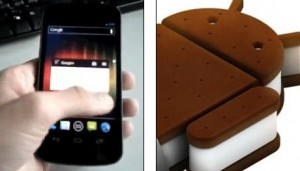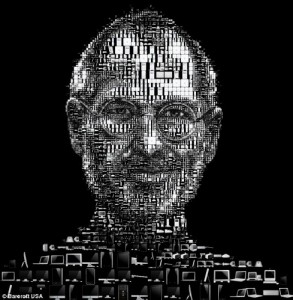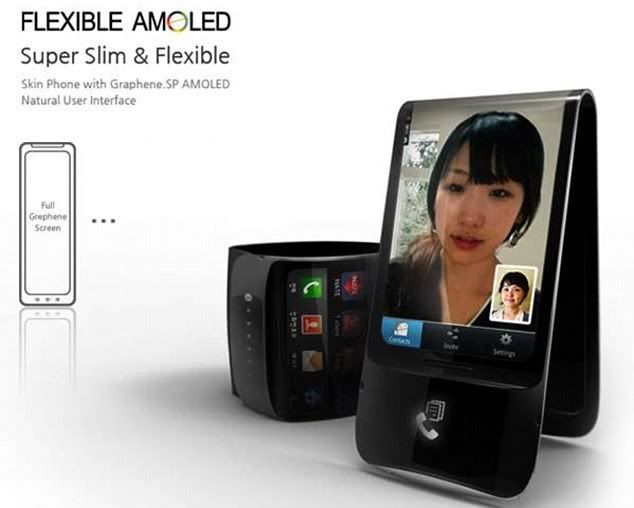Microsoft researchers have developed a new generation of Kinect motion sensor – a device that turns any flat surface into a touch screen.
Experimental sensor tracks movement on any of the human hand in the wall and it makes a portable computer.
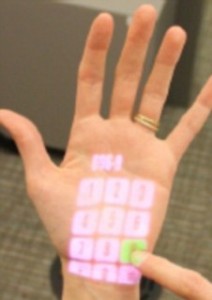
Tests, users are able to punch numbers onto their hands and the keyboard to write a virtual “notepad” on the table.
According to researchers, it is the first step in a single day by removing the need to carry around your phone or computer.
Instead, users can have what they need, projected in front of him, and use any of the flat workspace.
The device, called the OmniTouch, a wearable camera / laser projection system installed on the user’s shoulder and connected to the computer.
It works the same way as the Kinect, motion sensor gadget to your Xbox, as the camera detects motion and depth.
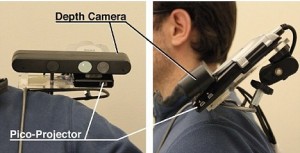
Pilot: The prototype shoulder-worn system, pictured, tracks the movement of the user
Thus it is to pick up when the user moves their finger in any direction or up and down.
Striking videos uploaded onto YouTube to see a variety of subjects by pressing the buttons are projected to the arm.
Other clips show a man with a numeric keypad on his hand, which he transferred to the combination.
Applications can be anything that we currently use a computer – checking email, surfing the web, or possibly by talking to friends on Skype.
At the moment the camera and laser are quite thick, but Microsoft and the team at Carnegie Mellon University, which was developed in conjunction with OmniTouch, say it could one day be “the whole of a matchbox and as easy to use as pendant or watch.”
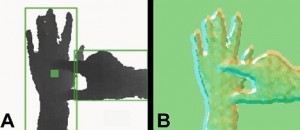
Science: The equipment senses depth and hand movement to work
In a research paper they say OmniTouch “allows the user to use his hands, arms and legs as a graphical, interactive surfaces.”
They write: “Today’s notebook computers offer ubiquitous access to information … It is undeniable that they have forever changed the way we work, play and interact.
“However, mobile interaction is far from resolved. Small screens and buttons on November the user experience, and otherwise keep us all full potential.
Hrvoje Benko, a researcher of the natural interaction of the Microsoft research team, added: “We wanted to take advantage of a huge surface of the real world has to offer.
“The surface on the one hand alone larger than typical smartphones.
“The tables are an order of magnitude larger than the tablet computer.
“If we are right, these surfaces in an ad-hoc on-demand way to deliver full benefits of mobility, while extending the user’s interactive feature.”
source: HeadlineTodayNews.com

